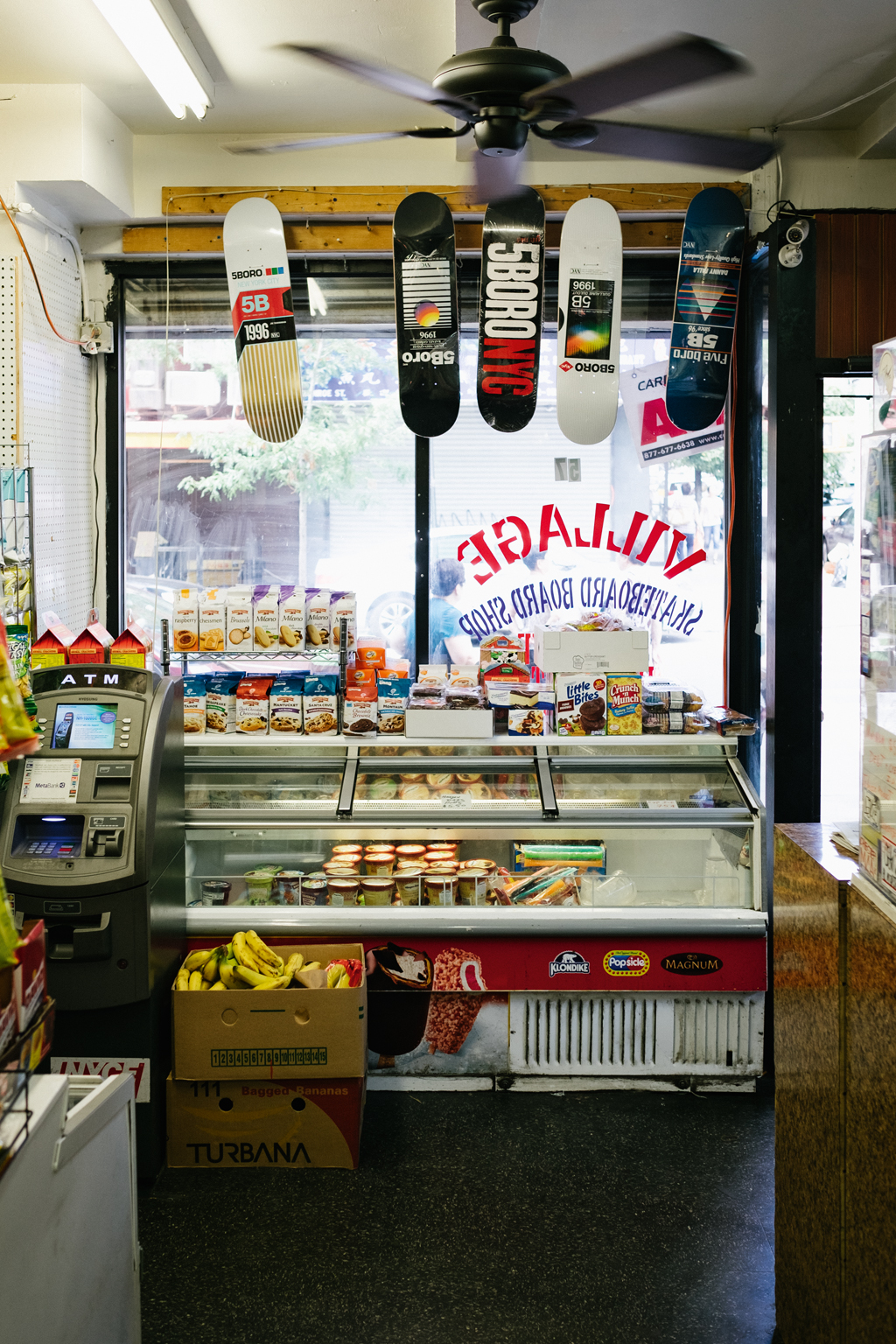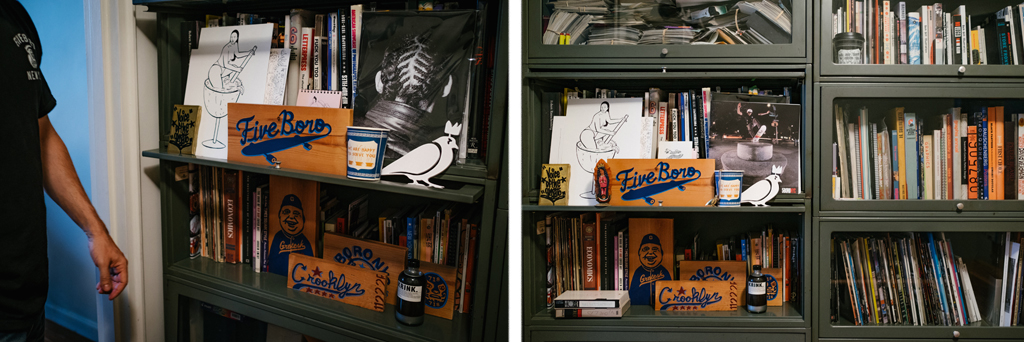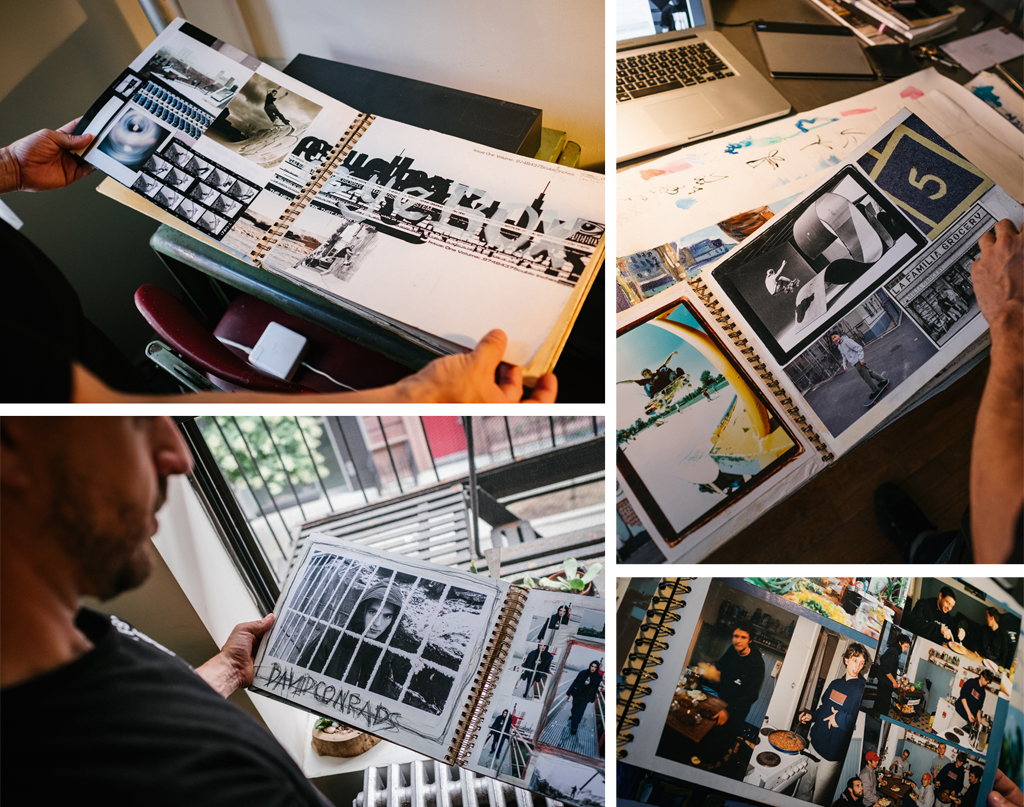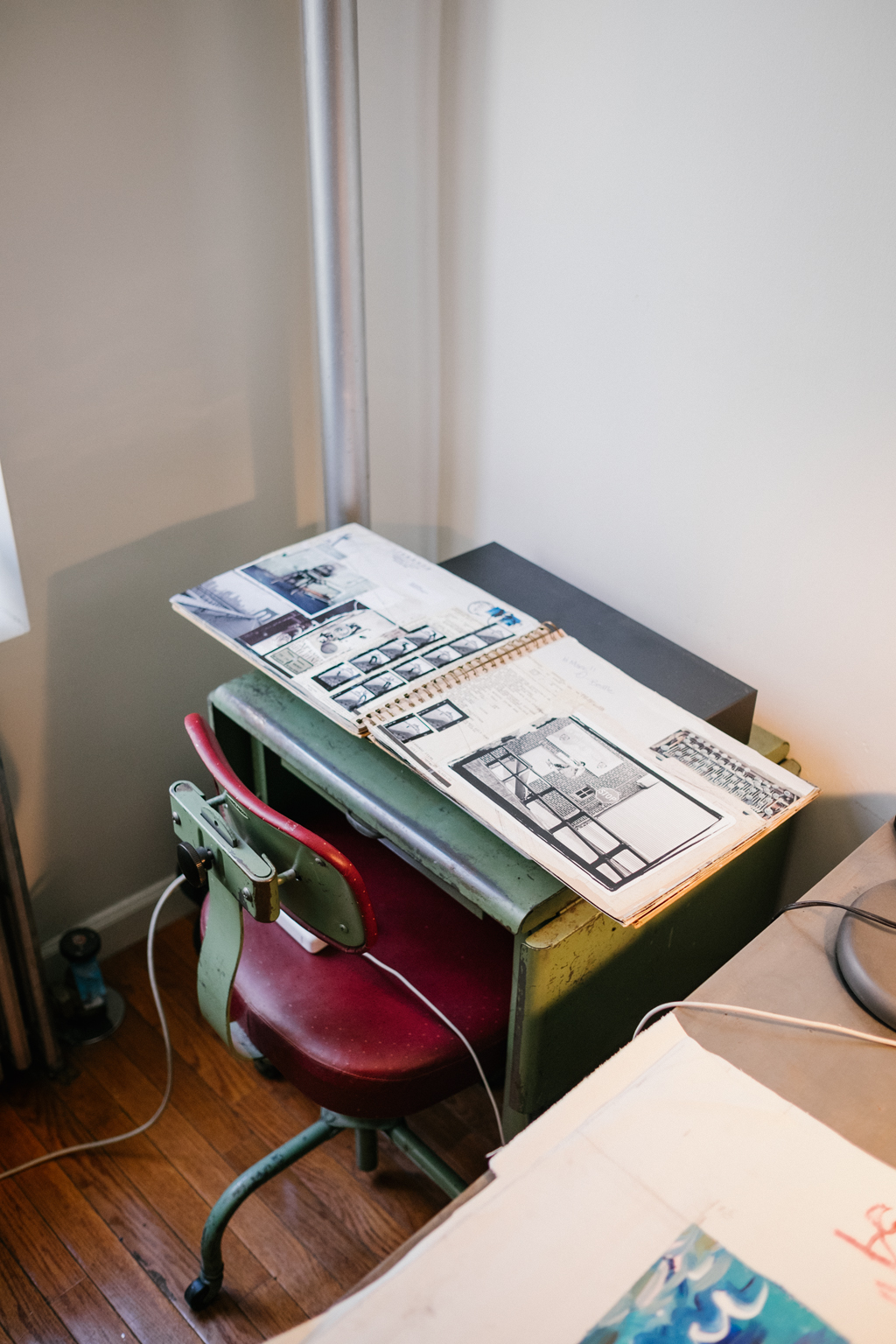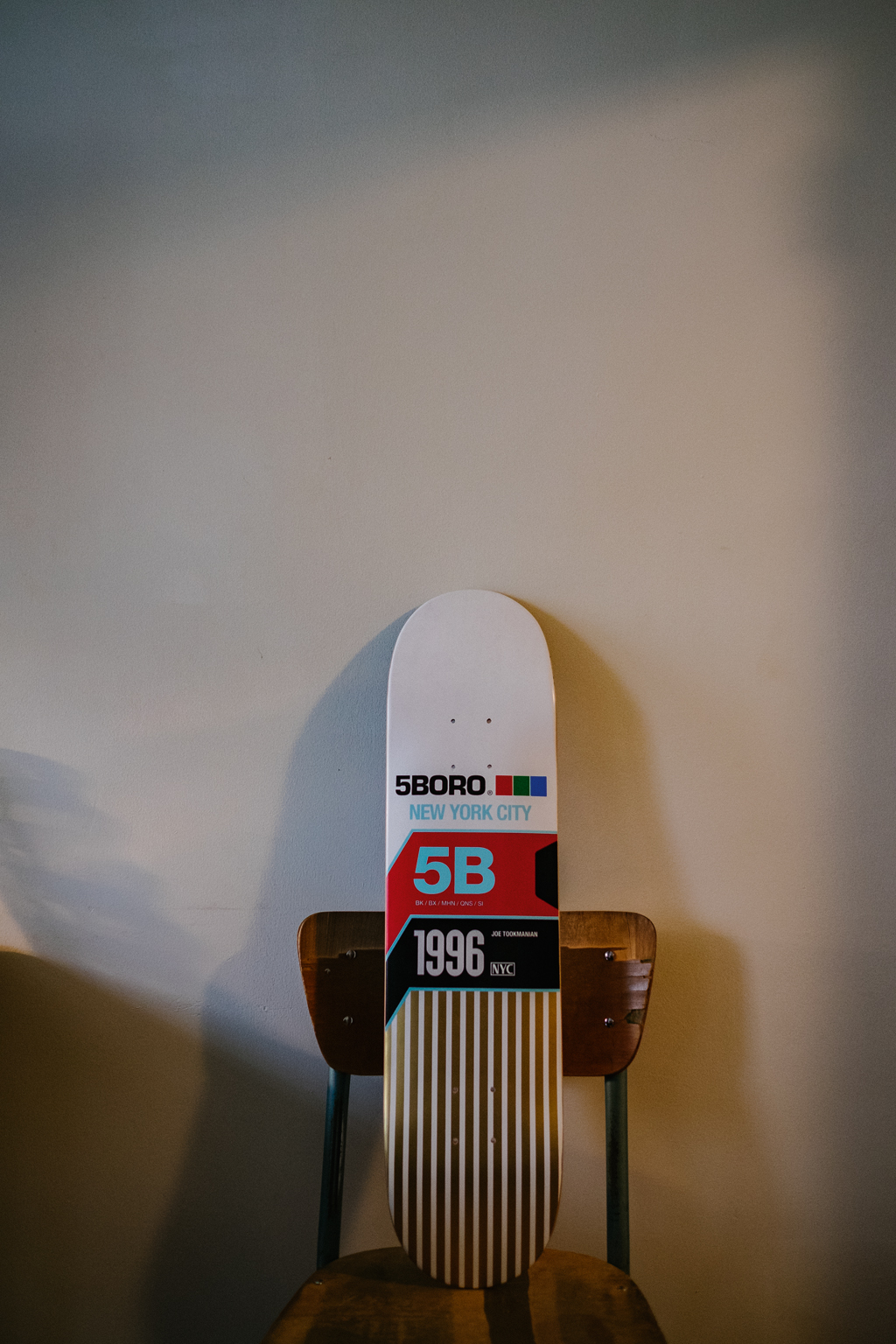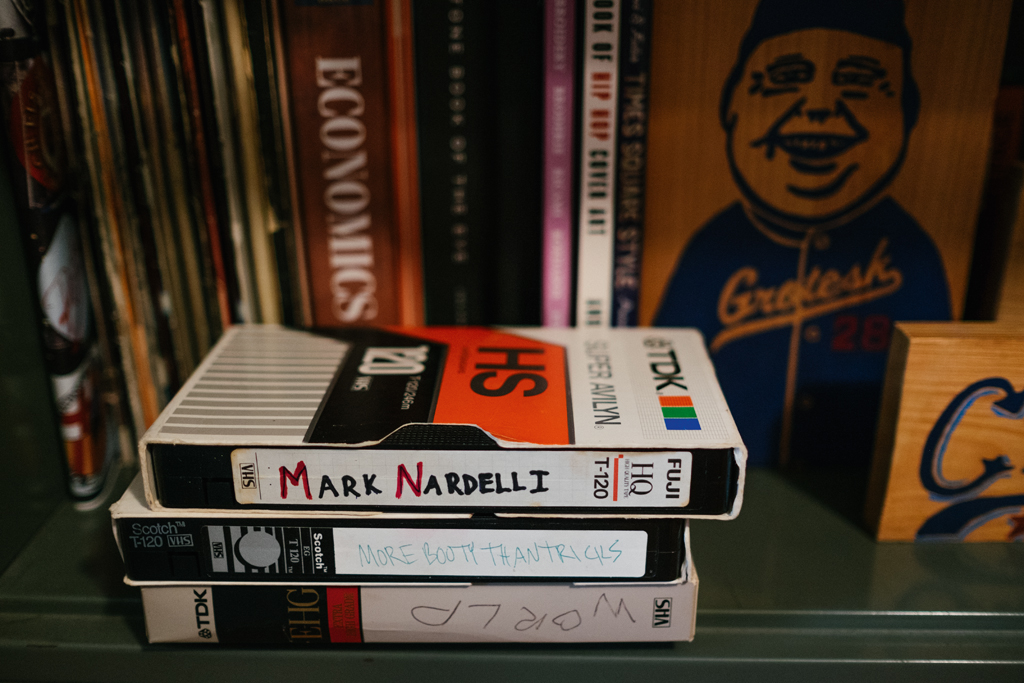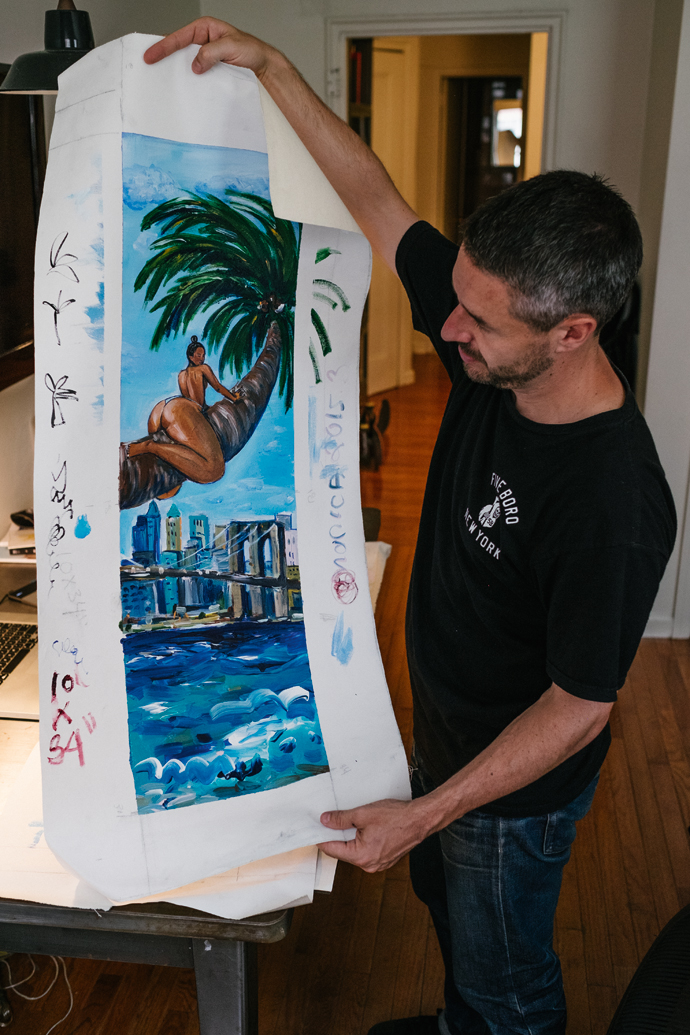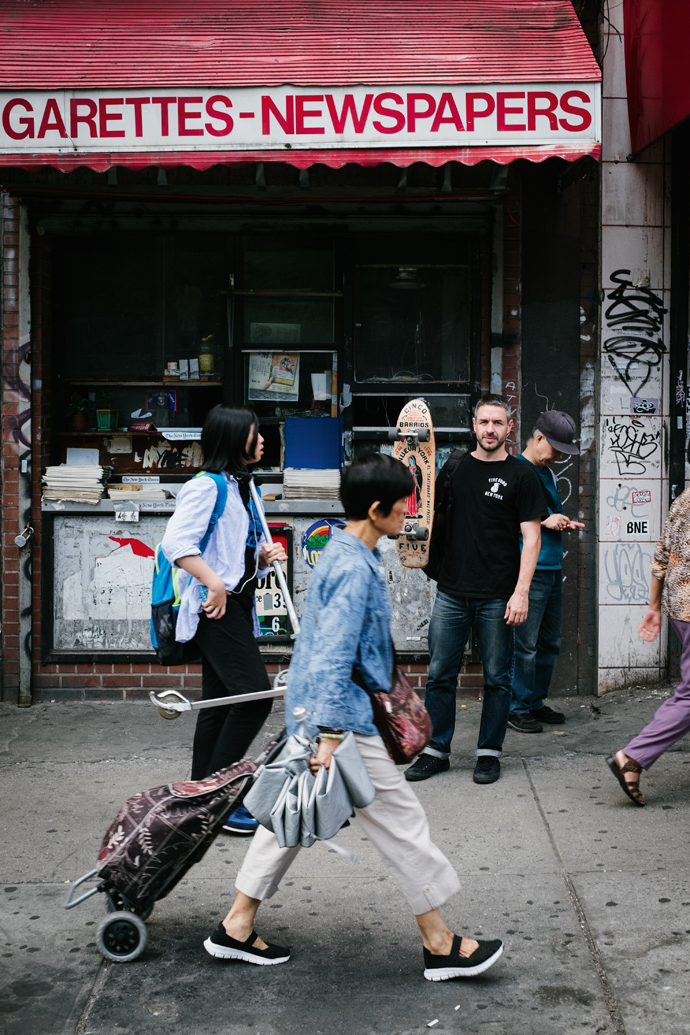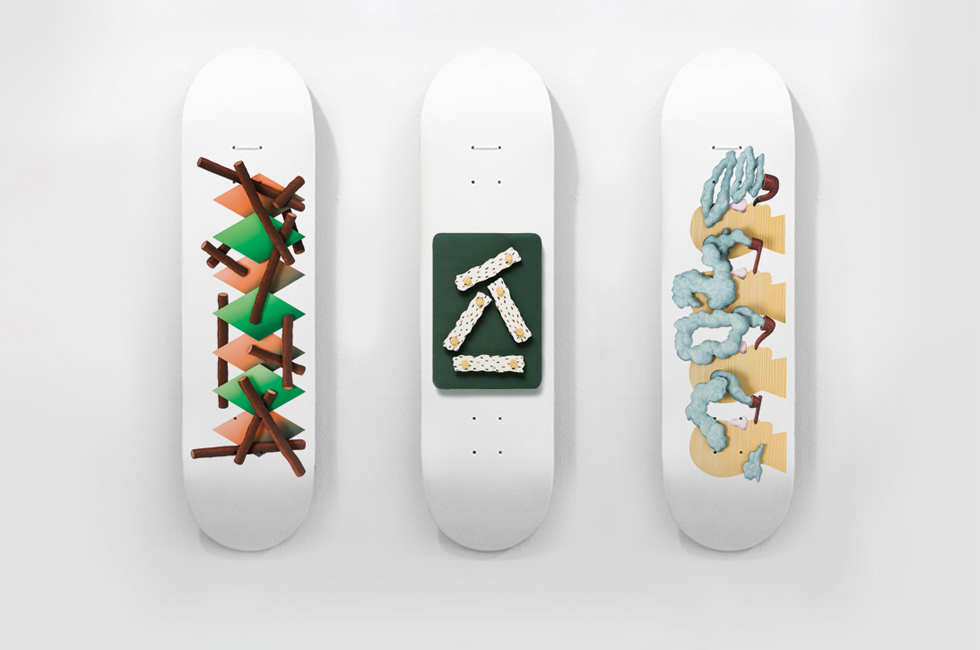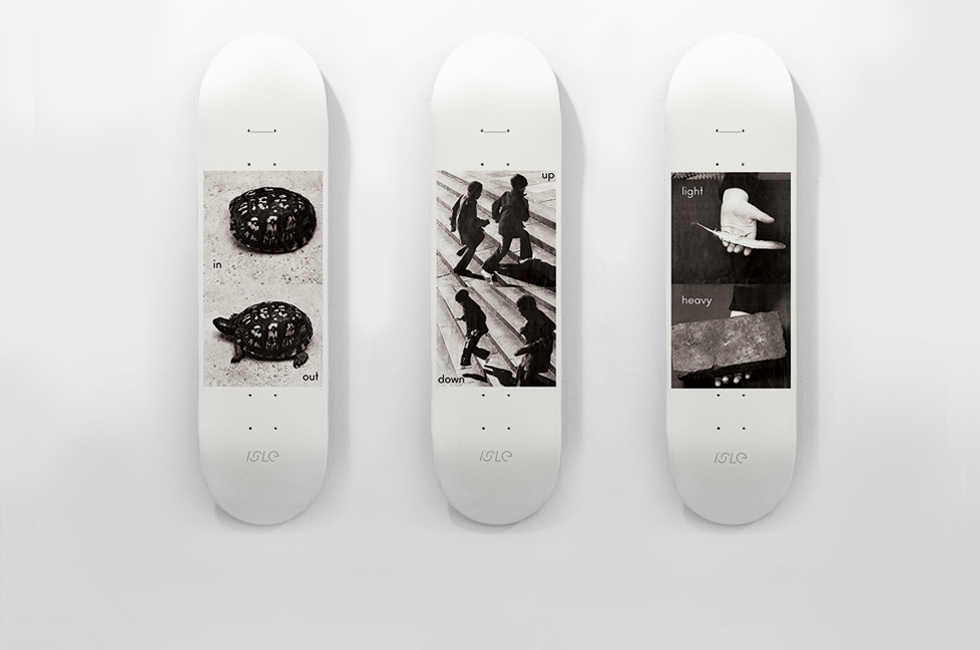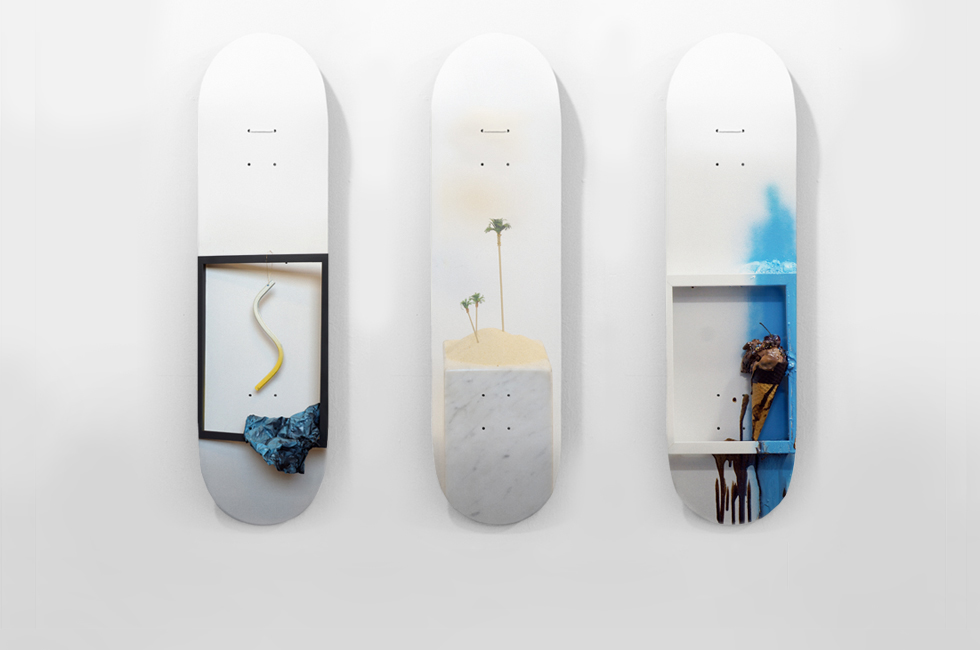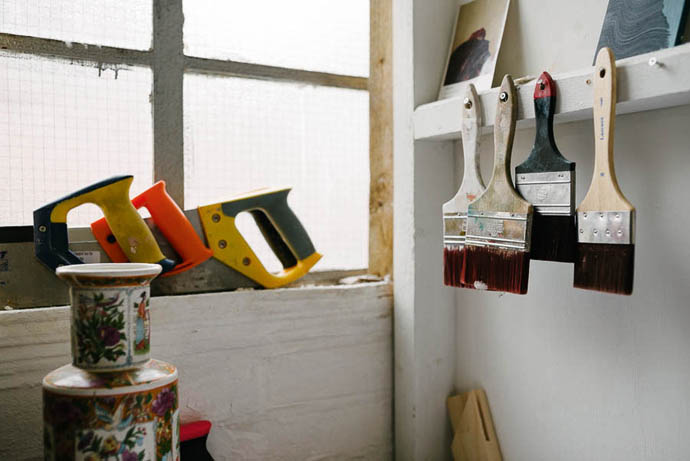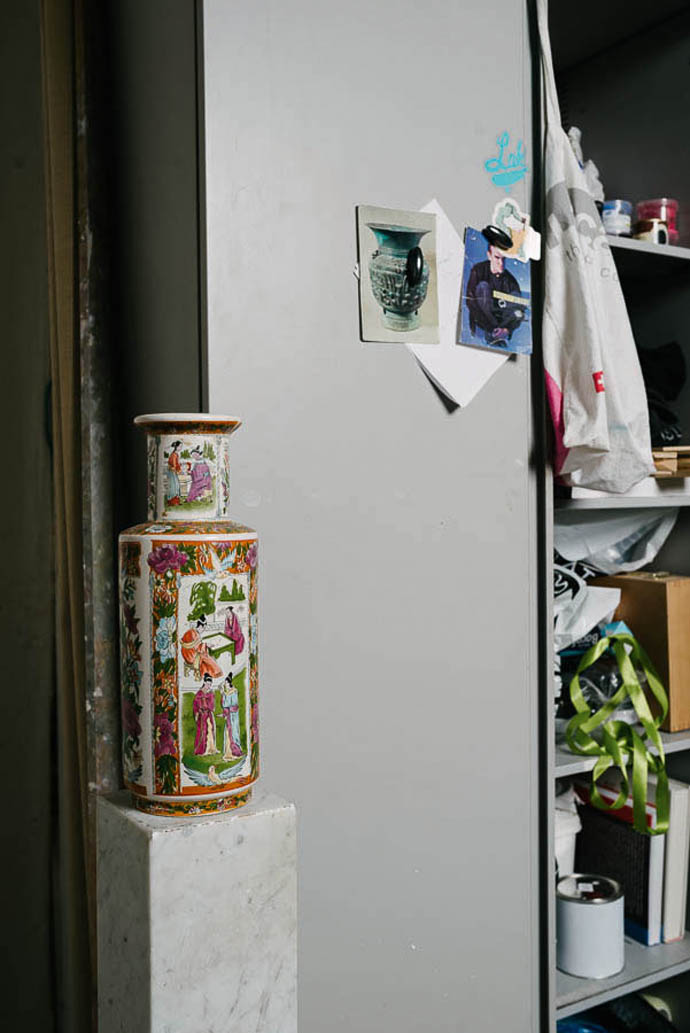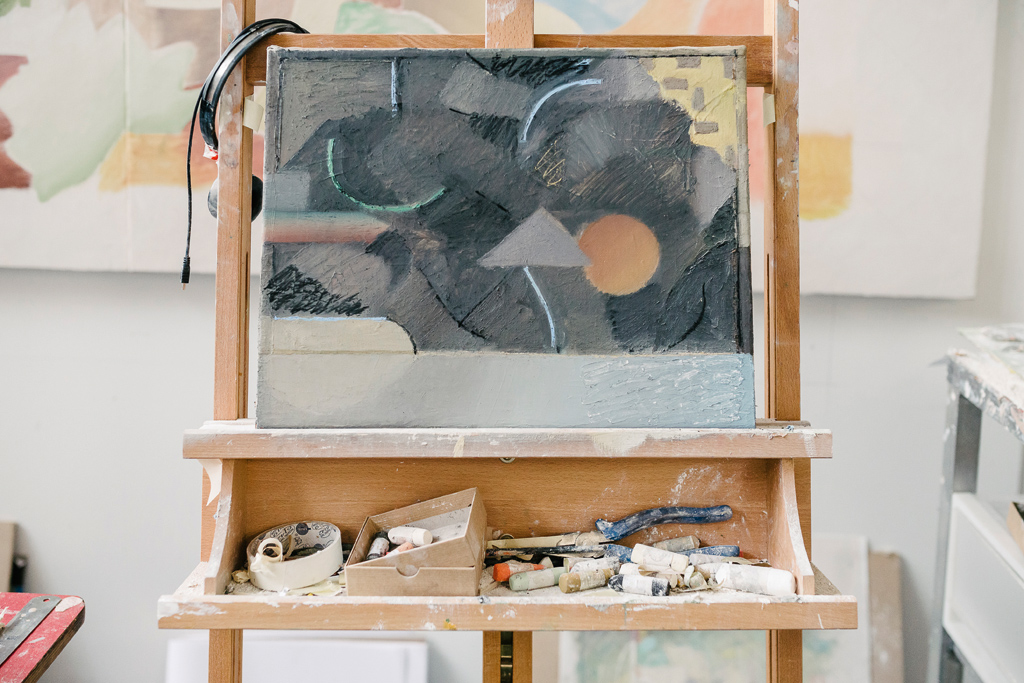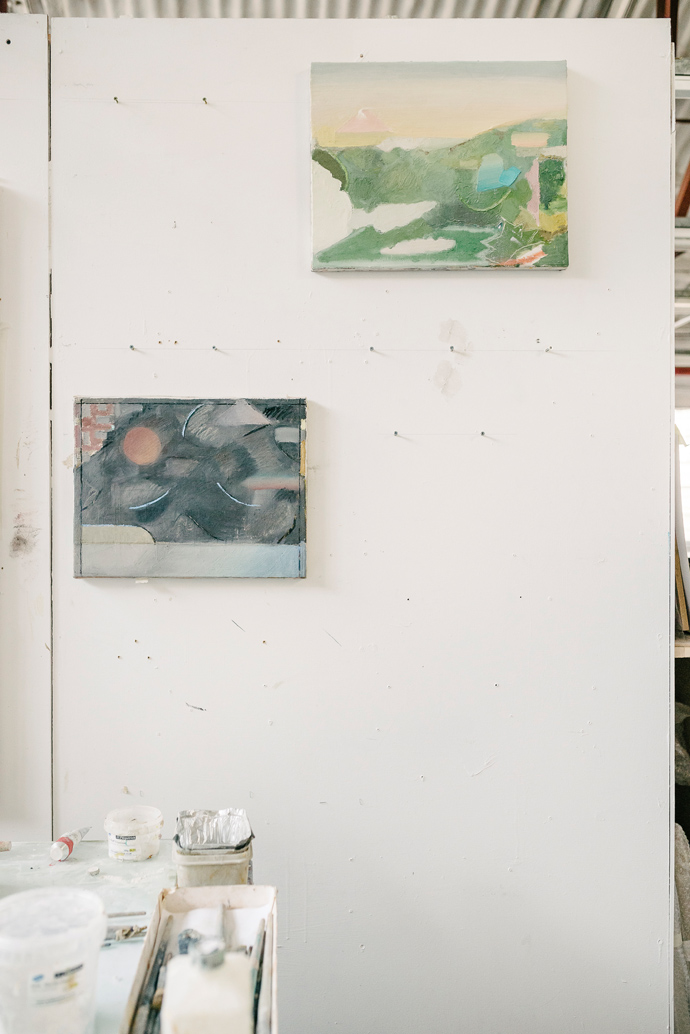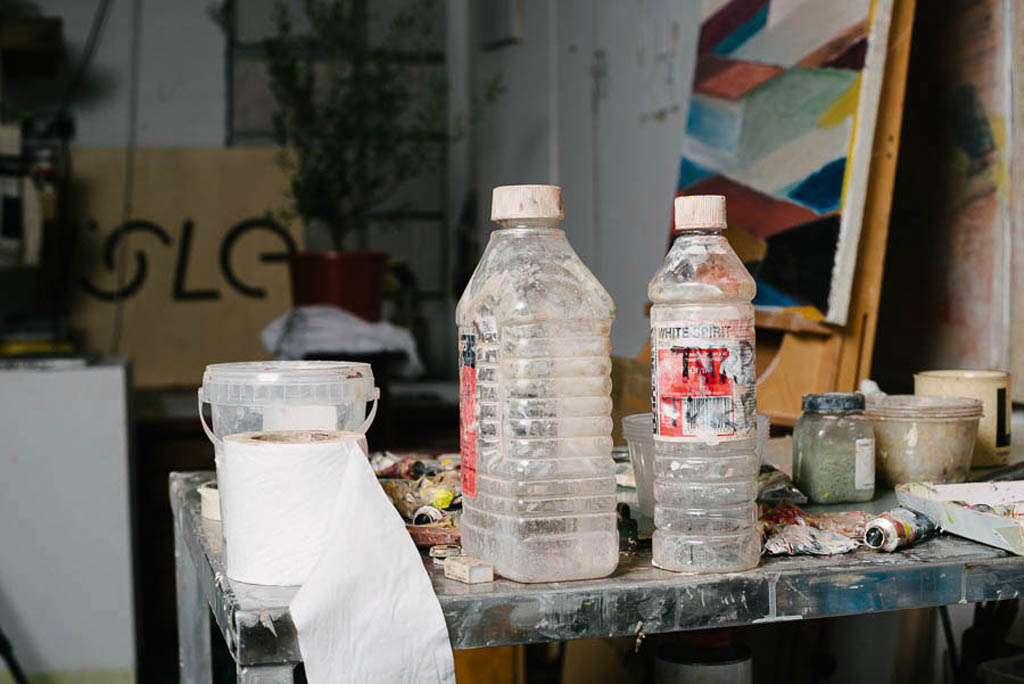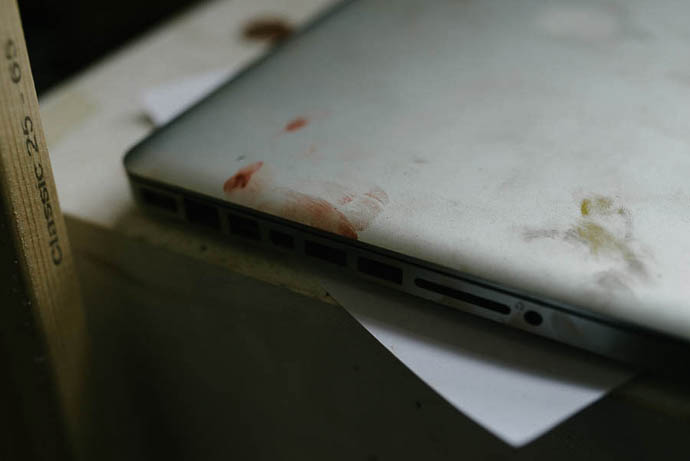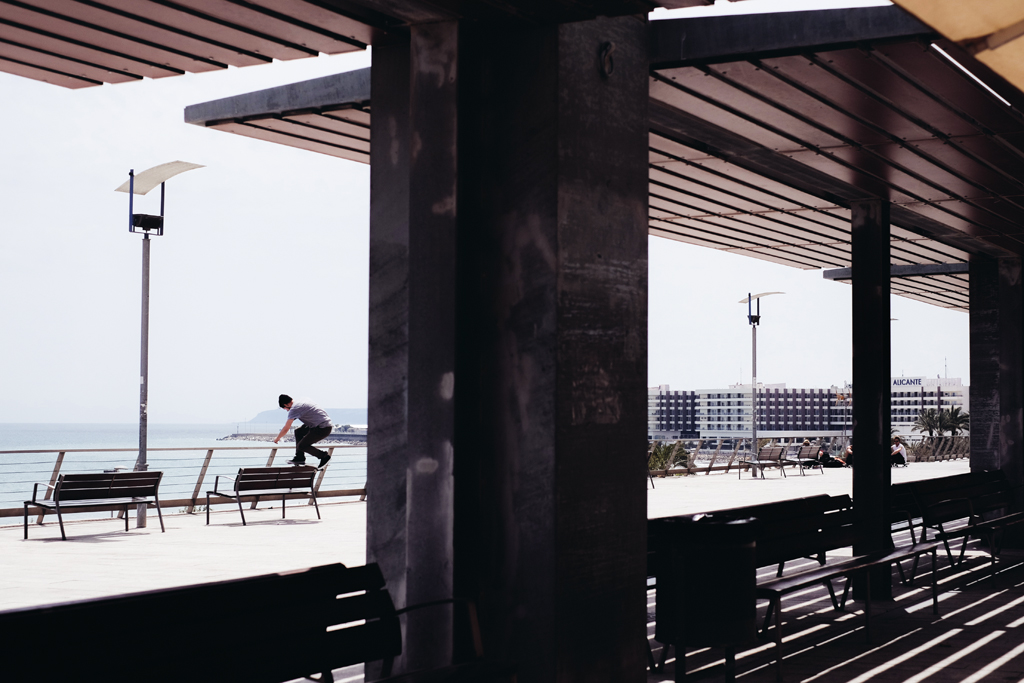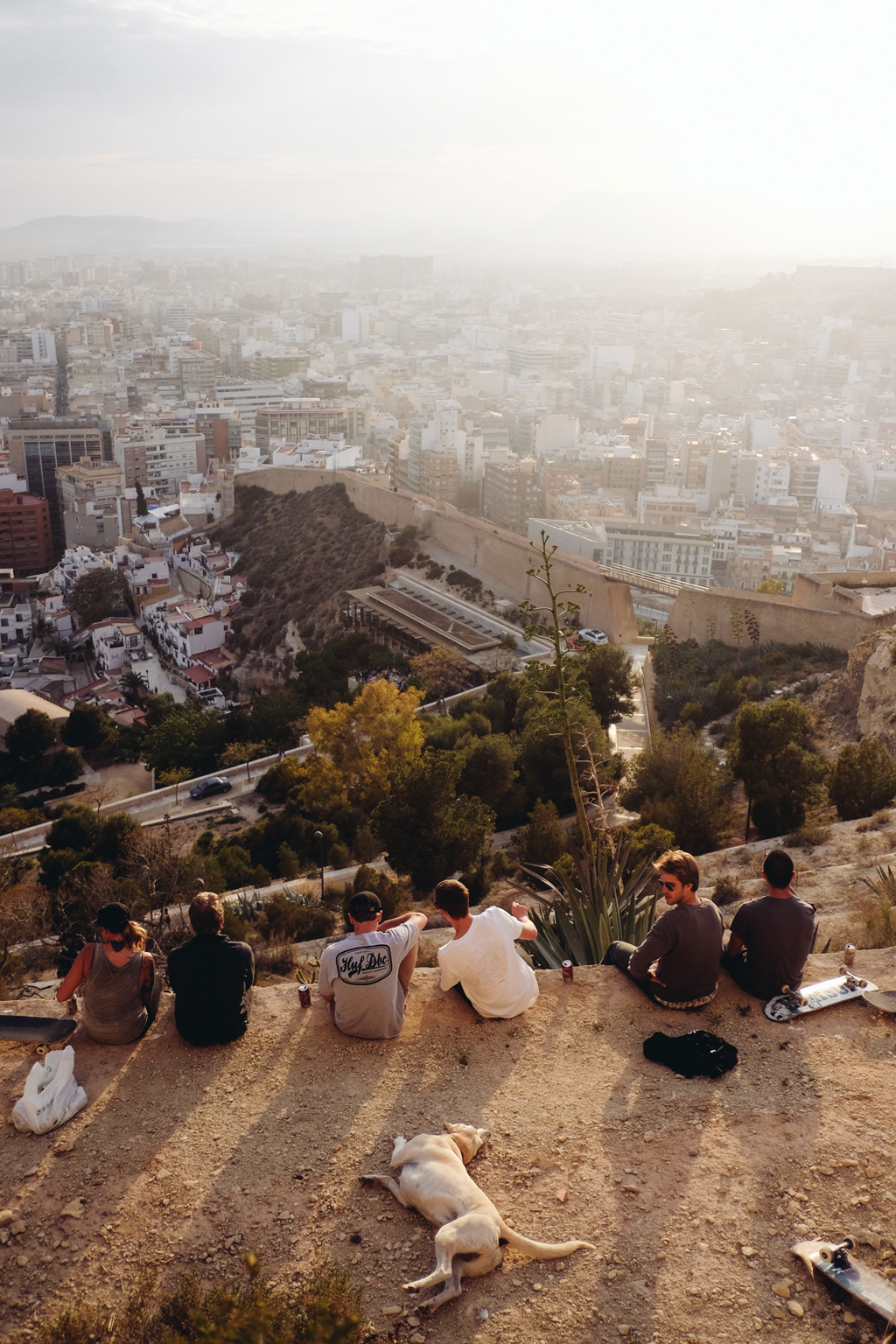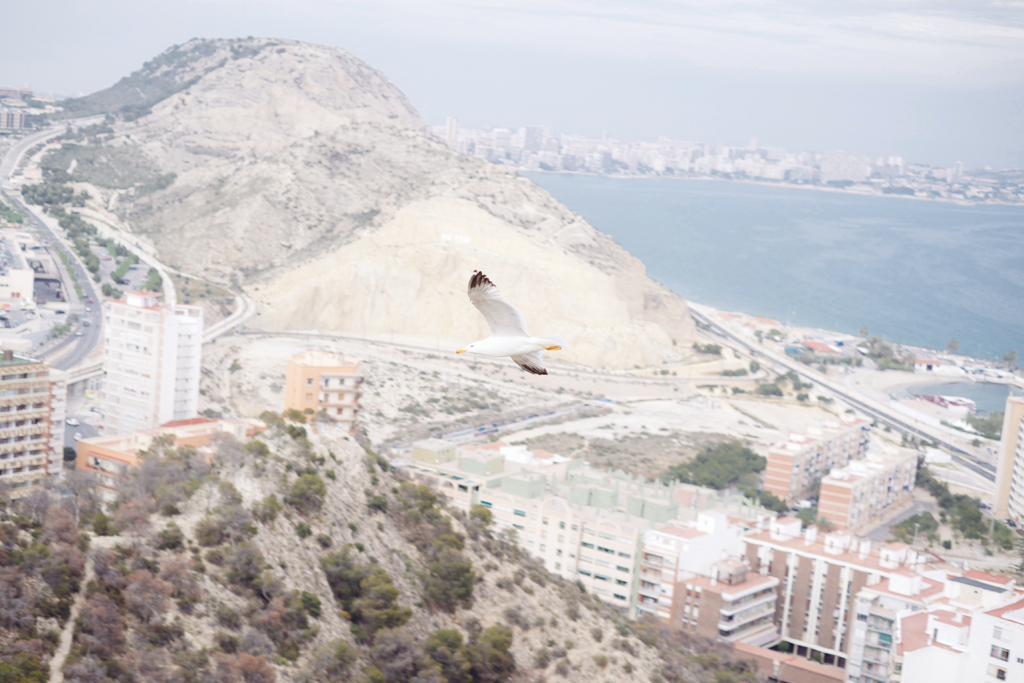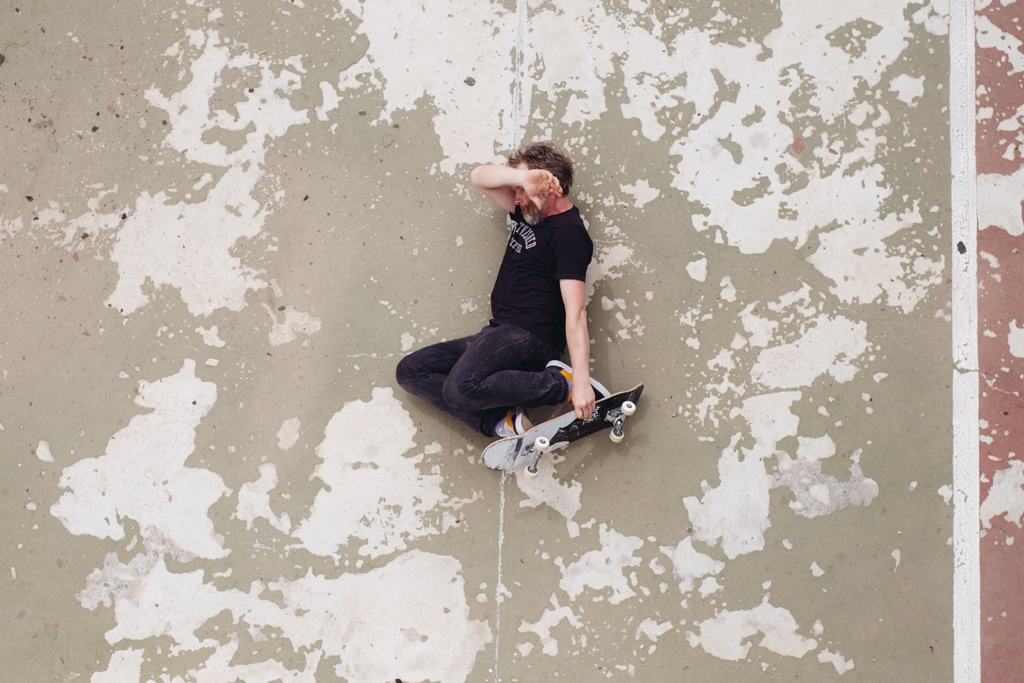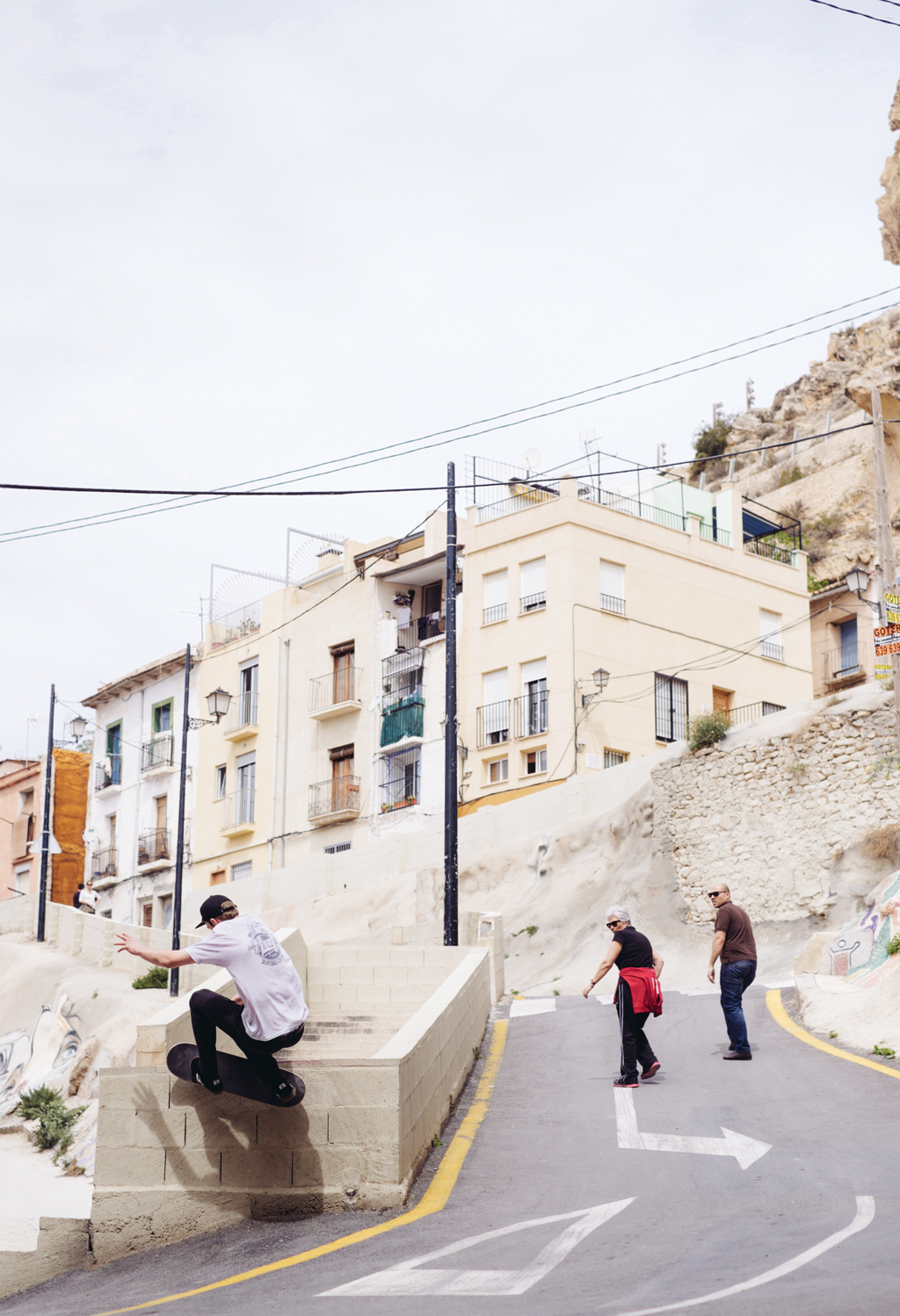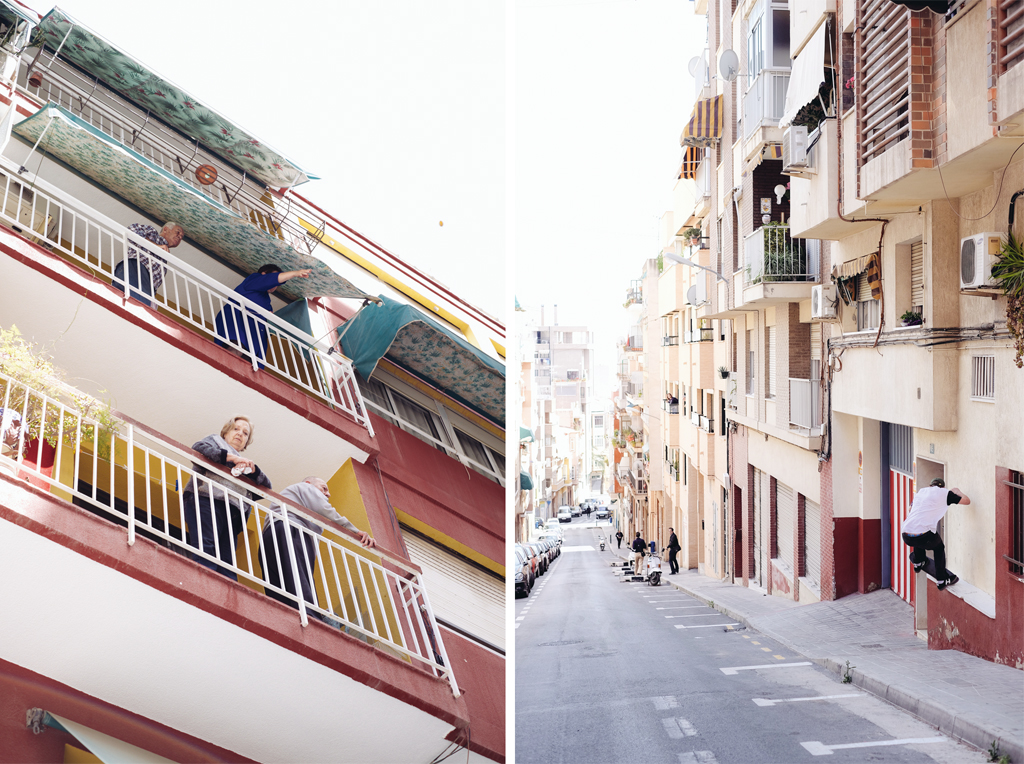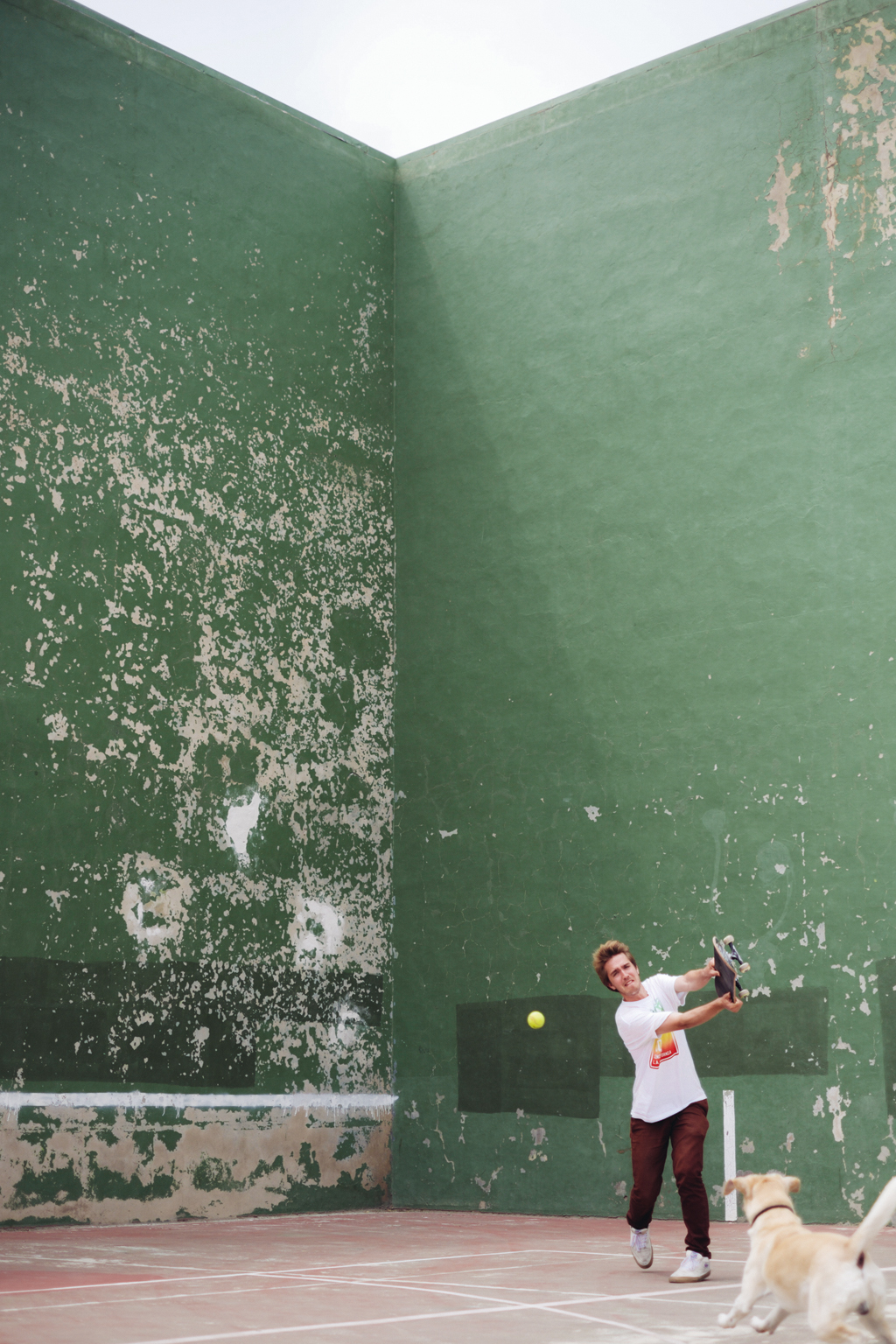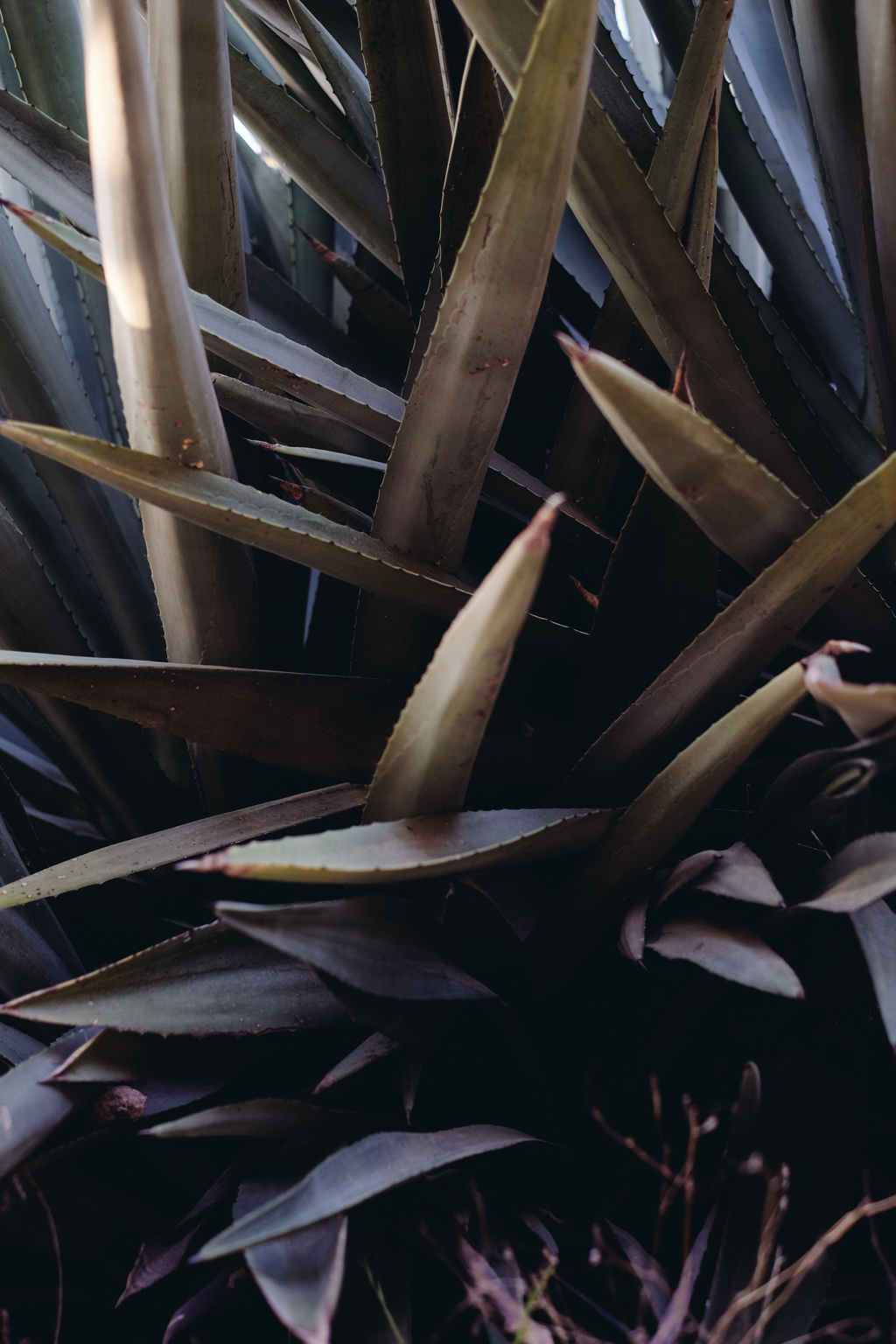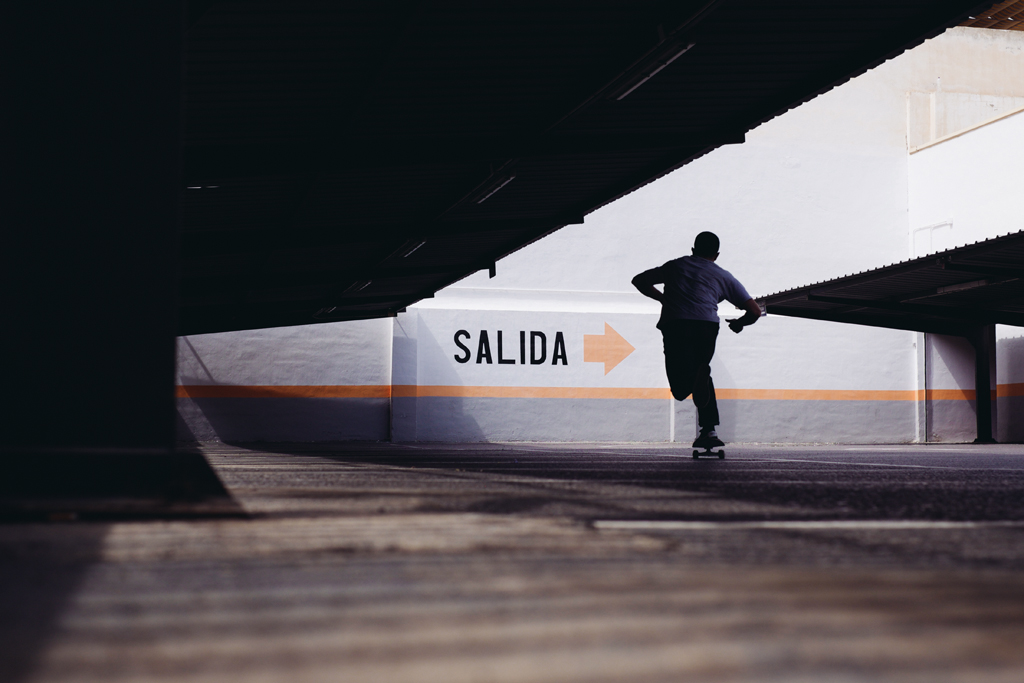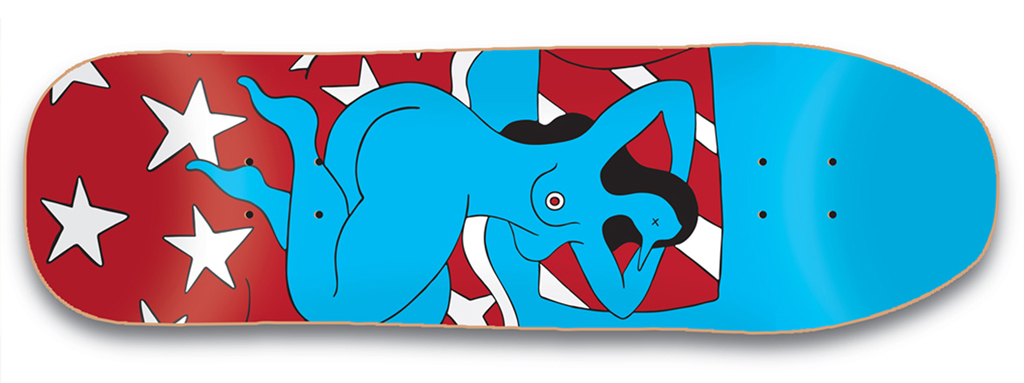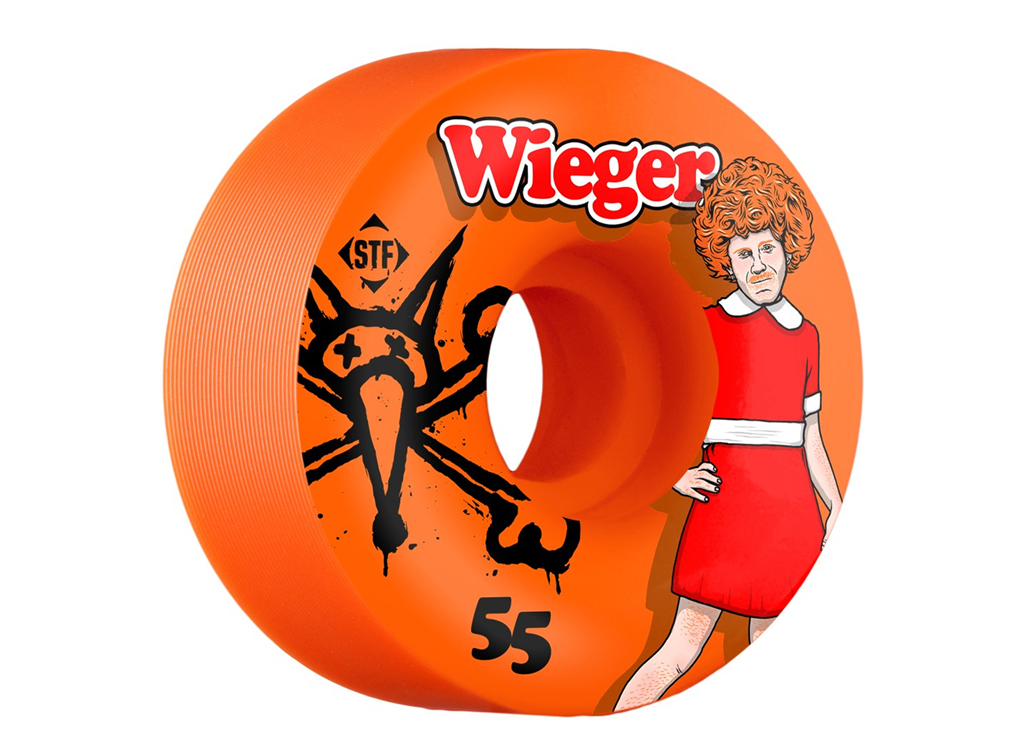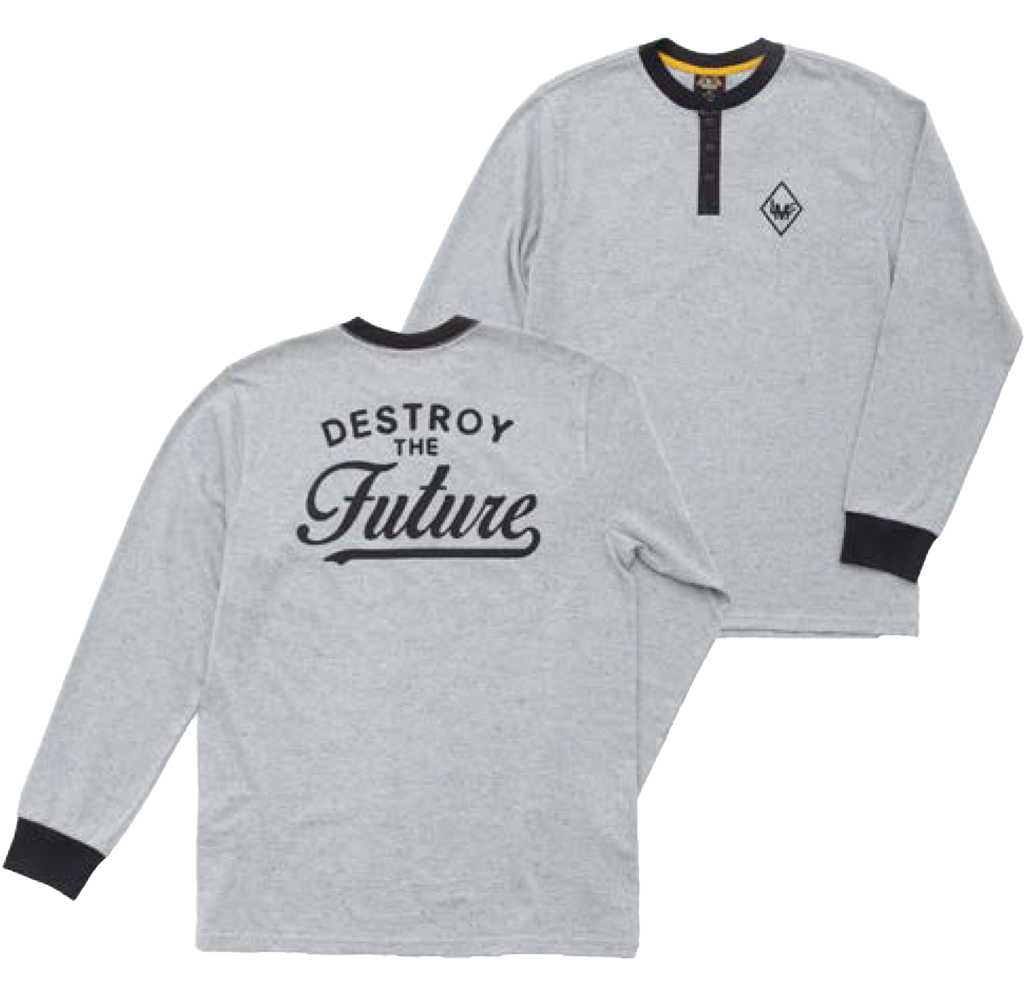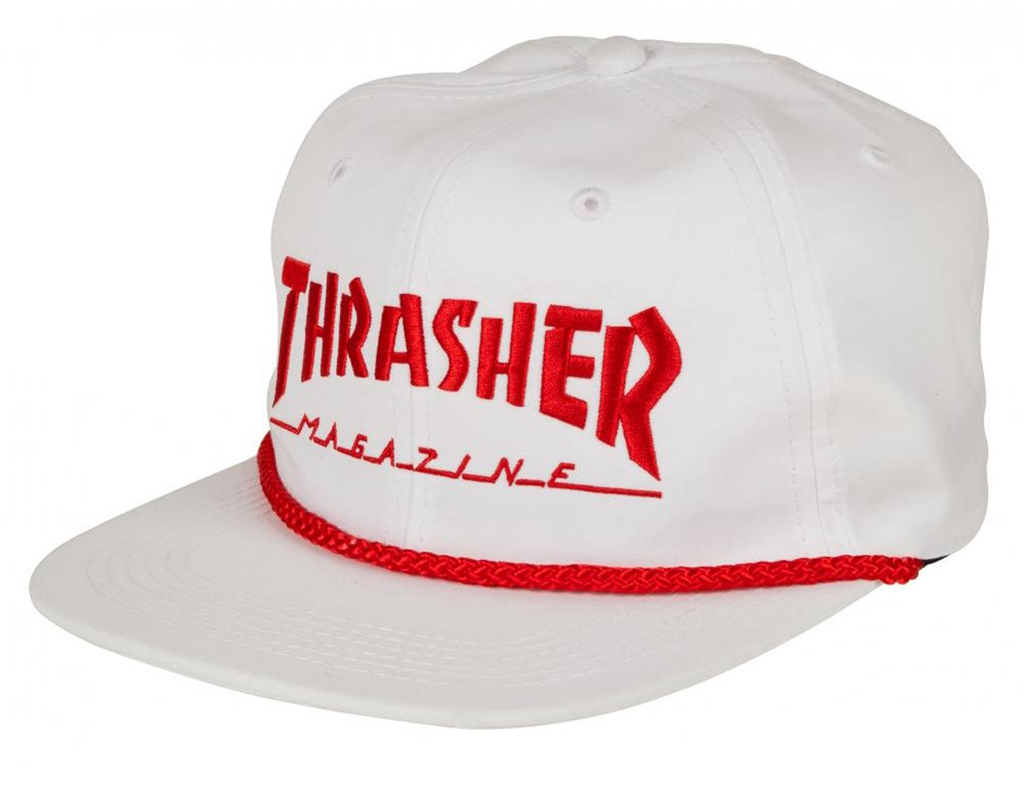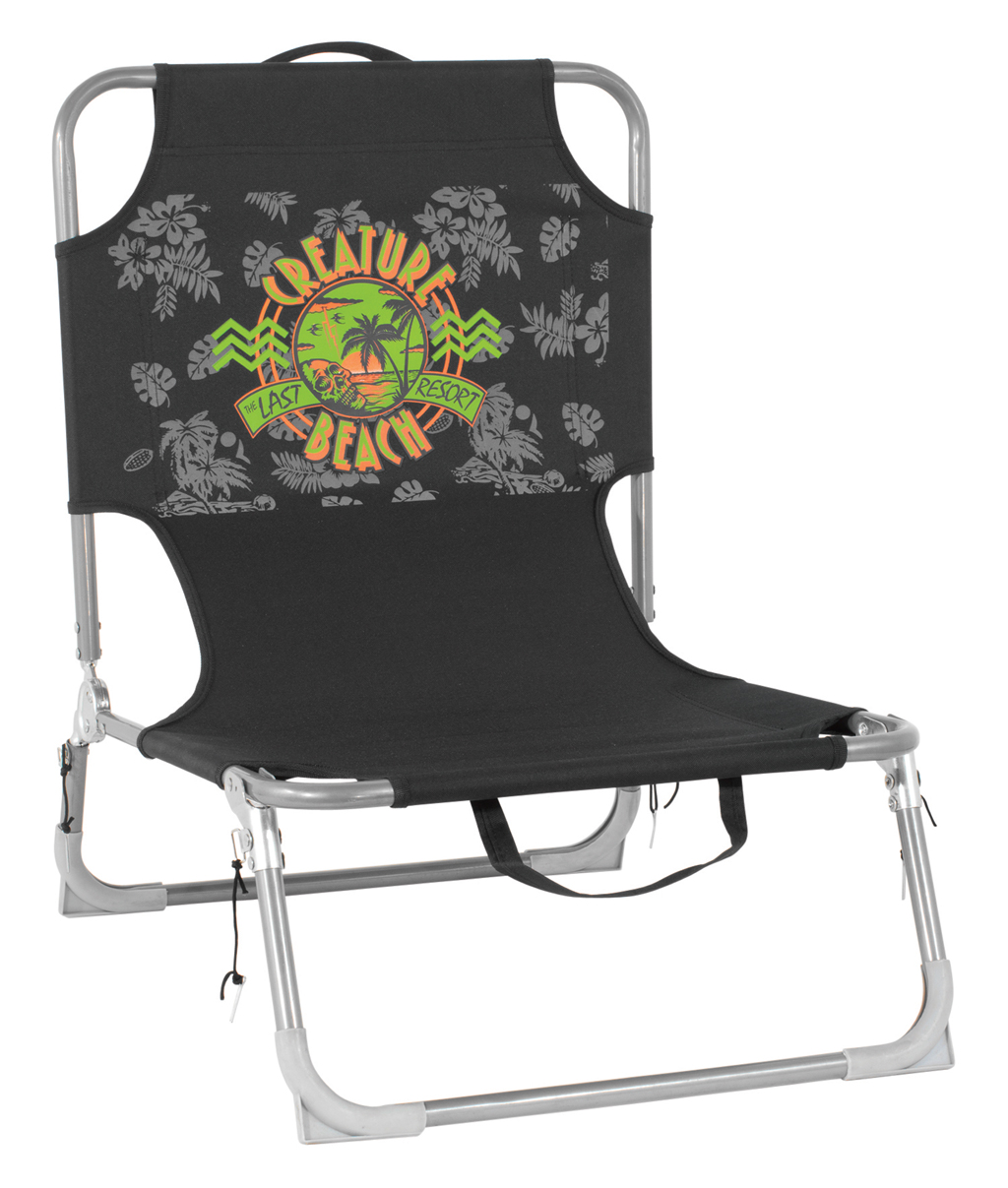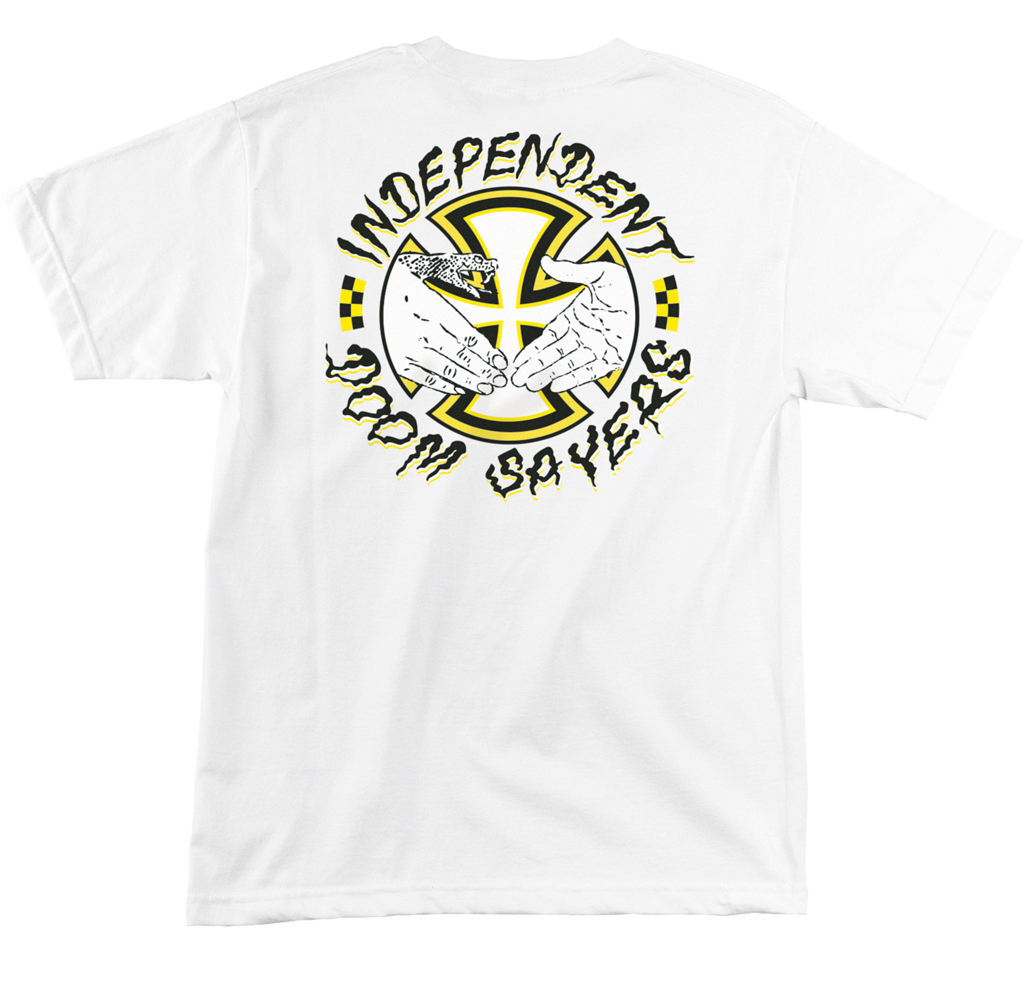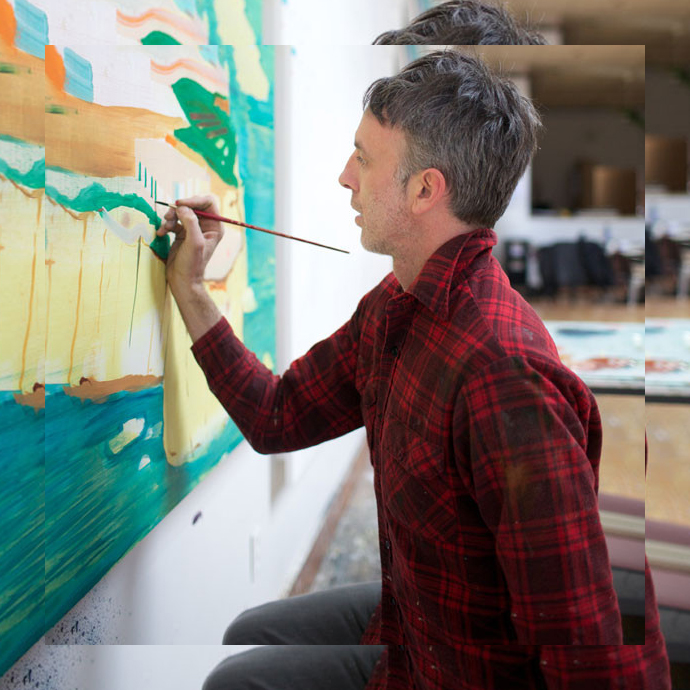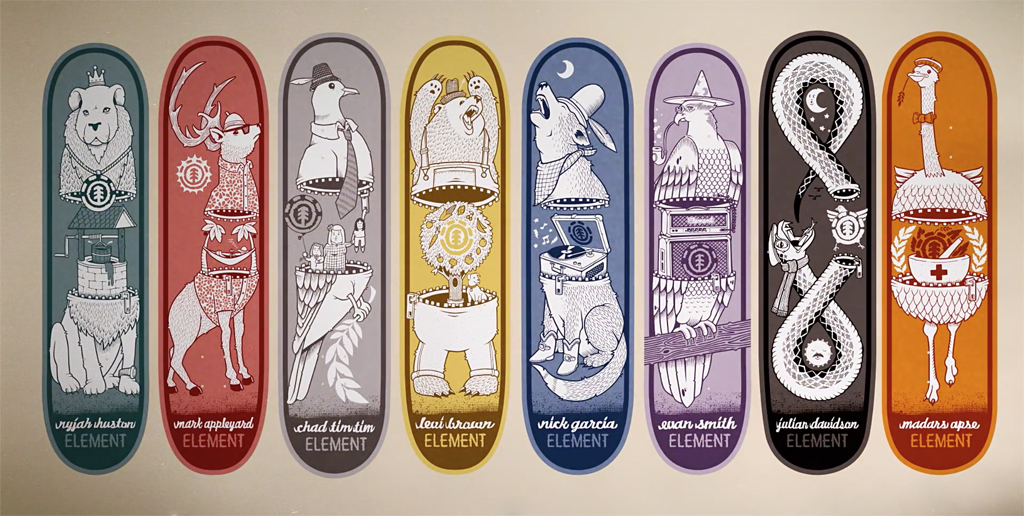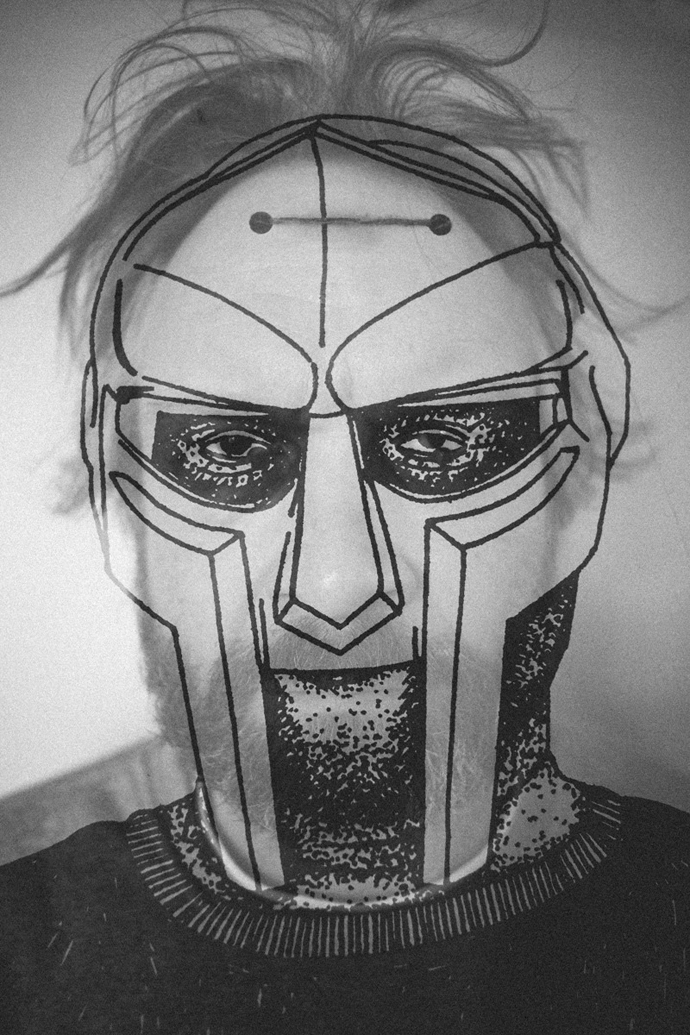Poetic Collective is a brand that is trying to do things in their own way, the name of the company suggests that there is a group of people working on the project and that is the truth. The company has its roots in the art world with multiple artists or art students contributing to the collective look and feel. We had a talk with Tom Botwid about Poetic’s new collection, their team riders, the nostalgic vs. the contemporary, and drawing inspiration from outside of skating. We are happy to present their new collection together with Tom who provides some extra context to the whole thing. Enjoy!
This is your sixth collection isn’t it?
So much has changed from our first collection up until now I am sitting in my apartment right now and I have a board from each collection and the first one only had one t-shirt and one board and I did that while I was still studying art in Berlin. There I was making a lot of things that were very conceptual and I wanted to break away from that and make something that would speak to me aesthetically but didn’t necessarily have that strong conceptual background to it. So I talked to some people and they were interested so we made some boards without thinking too much about it. Just making something that you like to look at and skate on. Since then we progressed a lot, the first video I did the filming, my brother did the editing and we got a lot of good reactions. Now it is a proper company that is growing fast, maybe too fast when you have a normal job as well and then I feel like we progressed a lot aesthetically as well. We were trying to do something different and over time we dared to take bigger risks and that started growing us more and more into our own. The basic idea stayed the same, though we draw our inspiration from outside of skateboarding. I.E. when a new company comes along and has graphics inspired by an 80’s or 90’s company they are still referencing skateboarding and “skate art” but there are so many possible aesthetic influences that can be introduced into skateboarding. So to me, it was very limiting to only look inside skateboarding for inspiration. So much in skateboarding is wrapped up in nostalgia right now.
I noticed that Sarah Meurle has her own board can you tell me how that happened.
I think it is nice both to show the skills she has combined with her interests in photography but also to give her a platform that will draw attention to the fact that she is one of the best female skaters in Europe. She has been working hard and she has been sponsored for a long time already and done so much so we want to give her a platform and the good thing is skateboarding has been opening up to female skating as well.
I see Sarah’s board more as that she gets to do something with her photography than as a pro board, then we would want to get more guest artists in to do a series. We want to invite people in that fit in with our themes that at the same time allow us to reach over to other platforms and draw in different audiences. As for Sarah, it was important for us to let her do this on her own terms because a lot of female skateboarders only get portrayed by men and we wanted to have her express herself as she wants.
So do you select riders of their interests? Is that a factor?
Not of their interests but I do want them to have an understanding of what the company is about and I want them to be able to relate to that and be able to stand behind the ideas and product we produce. Because as a smaller company I can’t offer the riders that much so I feel it is important that they really want to be a part of it and are willing to invest themselves. Not everybody on the team has a big art interest but everybody has an understanding of what we are and are trying to do.
I know what you mean, sometimes I watch a VX1000 filmed skateboard video and my girlfriend says “Did they film this in the 90’s?” and the crazy thing is I don’t even notice the fact that the quality looks vintage for me the VX1000 is still up-to-date.
I thought about that but you do notice when something is very contemporary, like the clips Johnny Wilson is making, that instantly feels like today. That doesn’t mean that I don’t like VX footage, the nostalgia works but when I stop and think about it I want our stuff to looks contemporary.
But when you come to clothes and boards it is hard to do something that is not pre-set for us. Meaning that you have a body to work with and you have the shape of the skateboard reinventing those are big challenges.
That is why you need those other outputs like video, so you have more freedom still, we always try to keep an open mind when it comes to those two things. Then again references can be fun! We are doing the Muska thing in this collection which is ironic because he is moving away from skateboarding into the realm of art. At the same time, it’s fun because some will get it immediately and other will be like Muska who? First, we wanted to call that the noseslide stuff but this works better.
So for the Muska thing the colors were set but how do you guys choose the other colors that make up a collection?
In the beginning, we worked a lot with black and white, which are art references, we also had a red dot in reference to the selling of art but then Free skateboard mag came about and we decided to drop it. But as we progressed there was so much black and white being used in skateboarding that we felt like we wanted to work with colors more. A lot of the colors we use come from paintings and looking at things we want to use color tones that are not that in your face, we want to have it flow nicely together and combine that into something you would want to wear, even as a grown up.
Even as a grown up (laughs)!
To me, pink for instance has always been the opposite of what is black & white which are like “hardcore cool” and pink transforms things into something else and that is interesting. For a while, though I was doubting the pink on Sarah’s board because it seems almost cliché because she is a female but it actually worked well and she liked it. To me, the pink that we used doesn’t represent gender it represents something softer.
We are a group of people that hang out together and skate together but at the same time, we don’t want to push that part as a “cool” thing. It is not like ‘we are the shit, fuck everybody else’, it is more like a love thing and to me, pink represents that.
Alright! So since you are definitely into balancing things out well, how did you choose what type of clothes to make and what kind of fit to use?
I look at a lot of fashion outside of the skateboarding realm and as I said before that connects back to the point I made earlier that influence can come from different directions. At the same time, we still make a lot of basics as well. At the same time, I would like the company to grow so I can do some more obscure stuff as well. As for the fit, we spent a lot of time finding the right fit but it’s hard cause the next color way can have a different fit.
What about the boards?
As far as the boards go there is a lot to choose from! But the thing is people have their own preferences, they always say what about that shape what about this? I like them how we make them now and a lot of people do so why change that?
So what kind of people would you love to collaborate with?
Karin Mamma Andersson who is one of the biggest Swedish painters that is totally removed from skateboarding I wouldn’t necessarily want to do that Mark Gonzales guest board. I like something that is so far out that it becomes interesting.
Catalog photos by Nickolina Knapp
Lifestyle photos by Robin Pailler




















